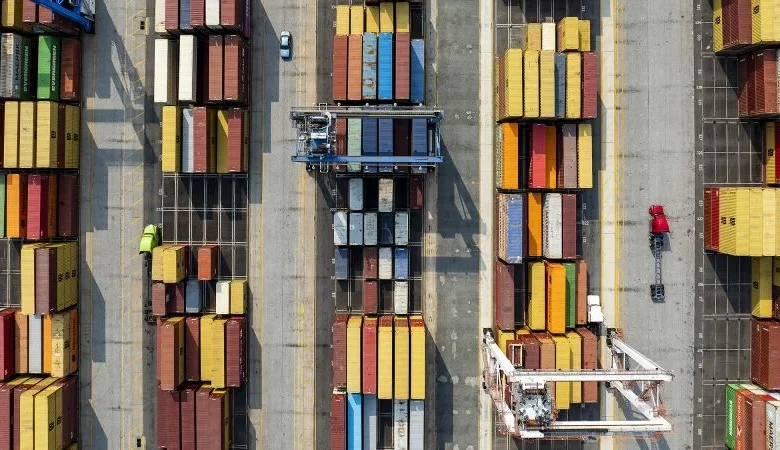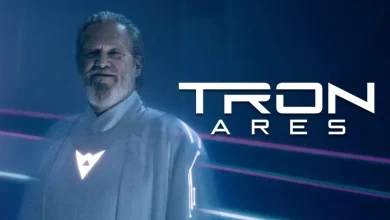4 reasons you probably won’t get a $2,000 check from Trump soon (and 1 scary reason you might)

New York
—
President Donald Trump has promised to deliver $2,000 tariff rebate checks next year, raising hopes of a lifeline for millions of Americans struggling to make ends meet.
“We’ve taken in hundreds of billions of dollars in tariff money. We’re going to be issuing dividends…probably the middle of next year, a little bit later than that, of thousands of dollars for individuals of moderate income, middle income,” Trump said Monday.
Although Trump has suggested these checks are essentially a done deal, the reality is there are major, perhaps insurmountable, obstacles standing in the way.
Experts tell CNN it is improbable the federal government will send out $2,000 checks next year – unless it looks like the US economy needs to be rescued from an imminent recession.
“It’s highly unlikely there is some sort of stimulus check sent out next year. I would be pretty shocked,” Scott Lincicome, vice president of general economics at the Cato Institute, told CNN in a phone interview.
Bettors on prediction platform Polymarket seem to agree. They place just an 11% chance that Trump creates a tariff dividend by March 31.
Perhaps the biggest obstacle is that the numbers don’t add up.
Tariffs are undoubtedly generating gobs of money for the federal government.
Trump’s new tariffs are projected to raise $158.4 billion in total revenue in 2025, and another $207.5 billion in 2026, according to estimates from the Tax Foundation.
It’s hard to say exactly how much tariff dividend checks will cost because virtually no details have been released.
Still, the Tax Foundation modeled three designs for tariff dividends – and all of them would cost more than the new tariffs are projected to bring in this year.
For instance, if the checks went out only to tax filers and spouses, and had a hard cut off at $100,000 in individual income, they would still cost $279.8 billion, according to the analysis. That’s $121 billion more than projected new tariff revenue this year.
At the high end of the scenarios analyzed, tariff dividends could go out to tax filers and non-filers as well as spouses and dependents. That would cost up to $606.8 billion – or nearly double the combined 2025 and 2026 projected new tariff revenue.
That’s a problem because the Trump administration has already held up tariff revenue as a way to offset the cost of the sweeping tax and spending package Trump signed into law earlier this year.
“This is like the magic money tree. You just go to it anytime you need money. Of course, that’s not reality,” said Lincicome.
Another major problem is Congress would need to sign off on dividend checks – and it’s far from clear there are the votes for that.
Deficit hawks were already reluctant to back the president’s tax law and this would only magnify budget worries.
“I find it extremely implausible that Republican budget hawks are just going to be okay with blowing another $300 billion to $600 billion,” Lincicome.
After topping $34 trillion for the first time in January 2024, the national debt has continued to mount, hitting $38 trillion late last month.
There’s no doubt many Americans could use $2,000 checks from Uncle Sam as they struggle to catch up to high prices at the grocery store, on car insurance and elsewhere.
However, some economists warn that stimulus checks could backfire by worsening the affordability crisis.
The problem is that while some people may use the money to pay down debt, others would likely spend it, and that would increase demand. As the last inflation crisis demonstrated, boosting demand without increasing supply drives up prices.
In fact, many Republicans blamed former President Joe Biden’s 2021 stimulus checks for causing the inflation crisis. That could make it difficult for those same lawmakers to support Trump-era stimulus checks.
Academic research has found those stimulus checks contributed to the four-decade high in inflation, though they were hardly the only factor. Trillions of dollars in other stimulus, including Trump’s 2020 stimulus checks and the Paycheck Protection Program also contributed.
Even some Trump-friendly economists are highly skeptical.
“Sending out checks to people is a bad way to stimulate the economy,” Stephen Moore, co-founder of Unleash Prosperity and a former Trump economic adviser, told CNN in an email. “If there is tariff revenue, that should be used to cut income taxes across the board. Stimulus checks only stimulate inflation.”
Additionally, redeploying tariff revenue to pay for dividend payments risks sparking a revolt among the so-called bond vigilantes that drives up Treasury yields that set a benchmark for a number of loan rates. That in turn would make it even more expensive for small businesses to borrow and homebuyers to get a mortgage.
“What Congress and Trump are trying to do with stimulus, the bond market could take away instantly,” said Ed Mills, Washington policy analyst at Raymond James.
That’s one reason stimulus checks are normally reserved for actual emergencies like the 2008 financial crisis or the 2020 pandemic.
Beyond the budget, political and economic obstacles, there are legal ones, too.
Most Supreme Court justices during oral arguments earlier this month sounded skeptical about Trump’s reliance on emergency powers to impose his global tariffs.
The Tax Foundation estimates the tariffs that could get struck down account for about 75% of the new tariff revenue coming in.
“If the Supreme Court says the bulk of the tariffs are illegal, that could throw a wrench in the tariff rebate plan,” said Erica York, vice president of federal tax policy at the Tax Foundation.
For all these reasons, investors and economists on Wall Street are hardly counting on the arrival of $2,000 tariff dividend checks in 2026.
“We’ve learned that late night Truth Socials are not a direct line to reality,” said Bob Elliott, CEO and chief investment officer at alternative investment firm Unlimited.
However, one way Trump’s $2,000 dividend checks could become a reality is if they become a necessity.
If trouble in the job market intensifies and the unemployment rate climbs significantly, then the White House could argue direct payments are necessary to prevent a recession or minimize the damage of one.
“It’s almost like we shouldn’t want stimulus checks to happen,” Mills said, “because it would be an indicator of something wrong. This is a break-the-glass, use in case of emergency tool.”


![2025 Erste Bank Open: Khachanov [10th] vs. Griekspoor [27th] Prediction, Odds and Match Preview](https://cdn1.emegypt.net/wp-content/uploads/2025/10/2025-Erste-Bank-Open-Khachanov-10th-vs-Griekspoor-27th-Prediction-390x220.webp)


